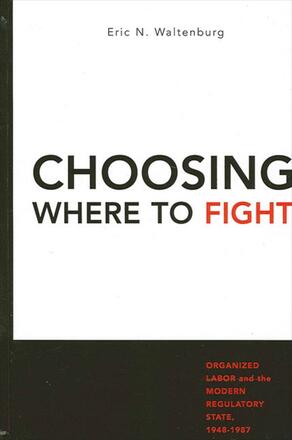
Choosing Where to Fight
Organized Labor and the Modern Regulatory State, 1948-1987
Alternative formats available from:
Examines how organized labor has decided where to pursue its interests.
Description
Choosing Where to Fight studies how organized labor decided to strategically locate its energies in national policy making. The idea that organized interests divide their efforts among different institutional settings is well known. Waltenburg, however, systematically uncovers the determinants of how labor has decided to engage in one particular policy making arena over another. He examines labor's actions between 1948 and 1987 in the National Labor Relations Board, the federal circuit courts, and Congress. Labor's choice of where to act, he argues, is an instance of rational decision making under risk. The basis of labor's expectations and preferences for one of these arenas depends on prior experiences and the presence of allies within the particular institution.
Eric N. Waltenburg is Associate Professor of Political Science at Purdue University. He is the coauthor, with Bill Swinford, of Litigating Federalism: The States Before the U. S. Supreme Court.
Reviews
"This book addresses a critically important topic that has received scant attention from scholars: in a system of separated powers how do interest groups choose venues in which to pursue their policy goals? It is well-designed, well-written, and makes a significant contribution. " — Eric S. Heberlig, The University of North Carolina at Charlotte